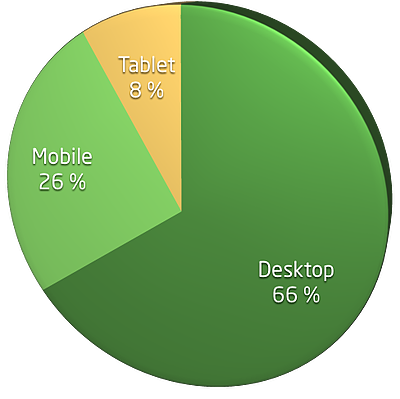When is it safe to declare a technology obsolete or outdated? A technology that has been around for 20 years, yet still refuses to take its last breath, even though it is facing much tougher competition than ever before.
Macromedia Flash first saw the light of day in 1994, and within just a few years managed to make a major impact on the world of interactive media. All major browsers quickly adapted the technology, which allowed websites to develop into richer experiences than was possible before. Be it with full content sites, games, or banner ads, the technology was here to stay.
Today, most desktop browsers still support Flash-based content, making it still an attractive platform for developers.
The benefit of Adobe’s approach with the Flash Player is that you only need one code base. And because every Flash Player must work exactly the same way, developers can rest assured that their code will work across all browsers.
However, even though Flash technology is so widespread on desktop browsers, it is nearly non-existent in modern mobile browsers. A policy started by Apple in iOS and later adopted by Google and Android prevented Flash from being installed on mobile devices. This, coupled with hardware limitations, caused Adobe to abandon the push to make the Flash Player compatible with mobile browsers, and they have since shifted their focus to native mobile development.

HTML5 - the new player
Around 2004, after a number of more or less successful attempts, a combined effort from several major browser companies led to the creation of a new version of the old HTML standard – HTML5. HTML5 had been the talk of the town for many years, but it wasn’t until 2014 that the official set of standards was released. Because developers had been eager to move away from Flash for a number of years, the technology had already been in use long before the official standard was introduced, and hence already has a considerable reach.
HTML5 brings a lot of new features to the table that traditionally belonged to Flash technology, such as audio, video, and vector-based drawing. Although all browsers support basic HTML, many of the features in the new HTML5 standard have not yet been implemented across the board. However, the most recent versions of the modern browsers (Internet Explorer, Chrome, Firefox and Safari) have improved significantly, and are a lot closer to providing a unified basis for the HTML5 platform.
The challenges of HTML5
Even though we mostly use Flash and HTML5 for presenting digital newspaper and magazine content, the trouble many developers are facing with HTML5 is that many users are slow to adopt, and some are even reluctant to upgrade. This is quite evident when digging into the numbers. Around 20% of the total web browsers in use do not use the latest version, with users of Internet Explorer particularly having a tendency to lag behind.
The solution to this fragmented user base has typically been to add code snippets that specifically handle troublesome browsers, and although this takes care of the specific issue, it also adds complexity and unwanted ‘clutter’ to the solution.
On top of this, the mobile device segment comes as an add on with special considerations needed for screen size and navigation. Mobile browsers generally work the same way as their desktop counterparts, but a lot of cases still exist where custom code snippets must be added here as well to improve the user experience. Each device manufacturer has their own quirks whether it’s iOS, Android (Samsung, HTC, etc.), or Windows, and the only way to catch them all, is to perform extensive testing every time.
Interestingly, both technologies still struggle on slower/older devices when pushed to the limit, but most modern devices now have enough raw processing power to make this less and less relevant. However, it is still possible to find quite obvious differences in performance between different browsers on the same device.
Head to head
Comparing the two technologies, it is clear that Flash still offers a lot of benefits. For instance, its much wider reach on desktops, simpler code, and better 3D and image manipulation systems. HTML5, on the other hand, offers the benefit of being the current focus of browser manufacturers across all devices, and thus is in the middle of an explosive growth in features and reach.
Although mobile web usage is on the rise, desktop usage still constitutes more than 65% of the general web traffic today. And if we look specifically at our own traffic delivering newspapers and magazines to European readers, 25% of all traffic comes from our desktop solutions; so all of this put together means a lot of considerations have to be taken into account when designing the web-based solutions of tomorrow.

To the end user the choice of technology is largely irrelevant if it gets the job done. Both technologies are capable of doing that perfectly, Flash perhaps having a slight edge. The challenge for developers today, however, is to decide which technology provides the best options and most efficient workflow going forward.
It’s becoming quite clear that Flash will eventually lose the race for interactive content on web browsers. HTML5 is constantly adding more key features, and with Adobe focusing on native development, and even assisting with evolving HTML5, there is not much hope for Flash.
The bottom line is: Flash is not dead yet, but it is beginning to show signs of aging, especially now that HTML5 has got enough traction to be considered the next logical step in evolution.




